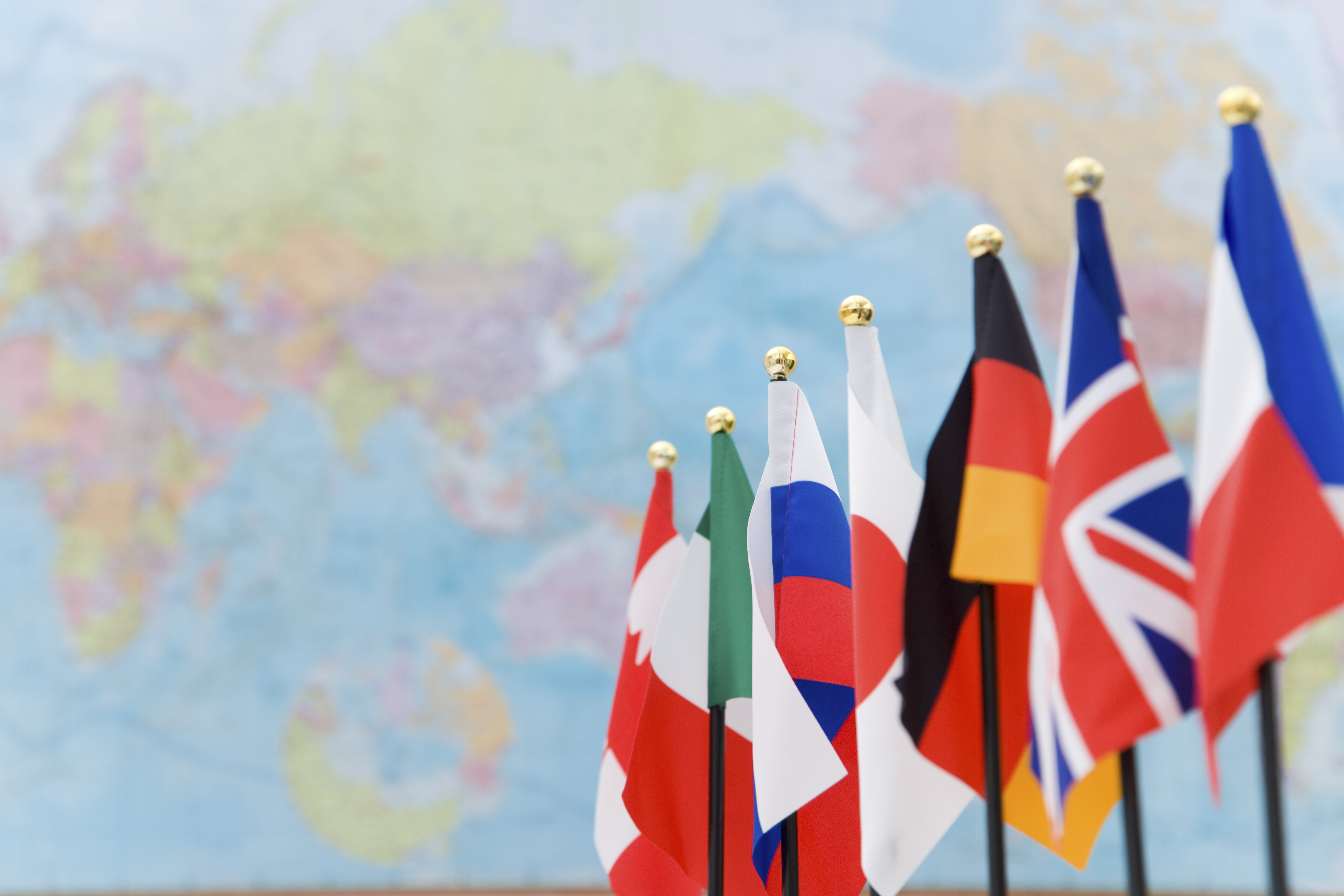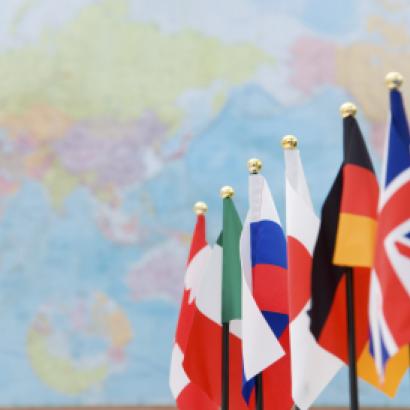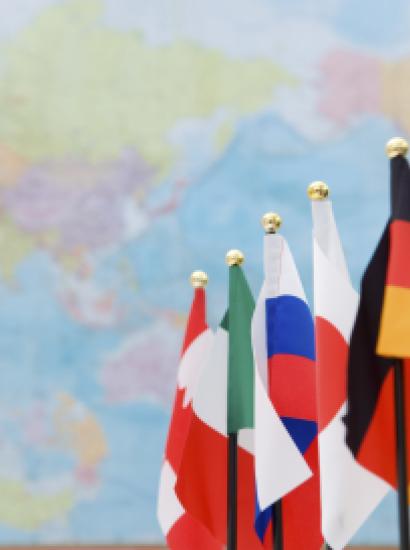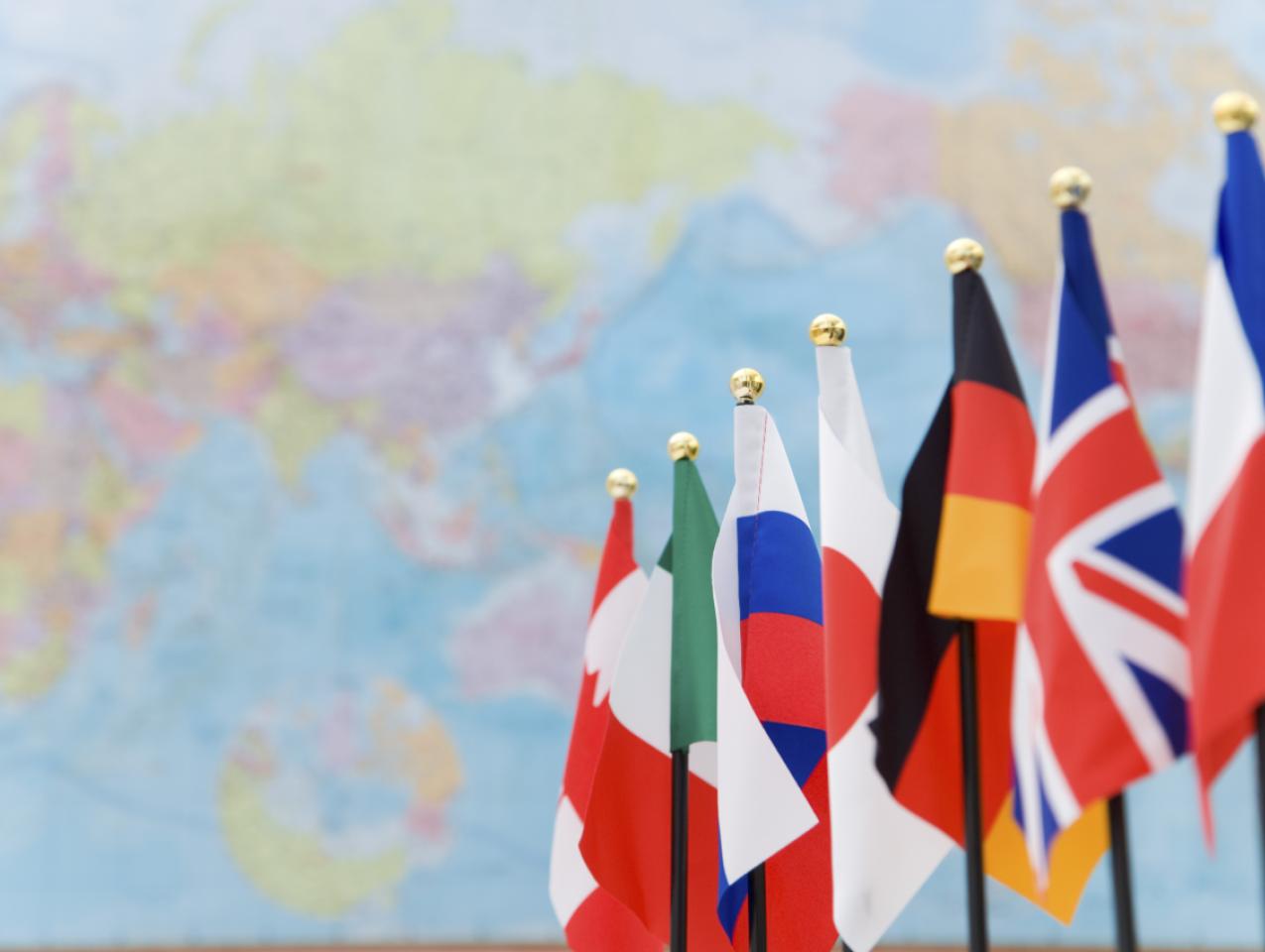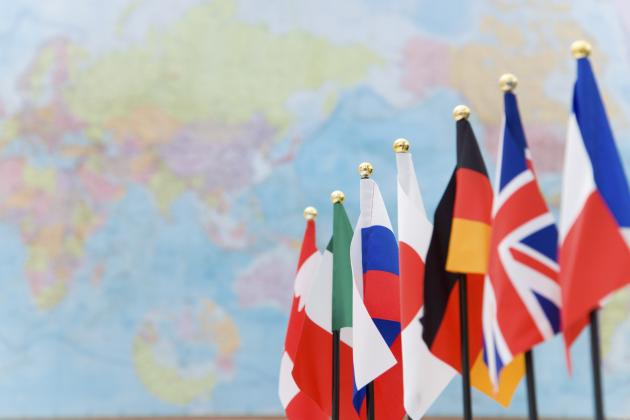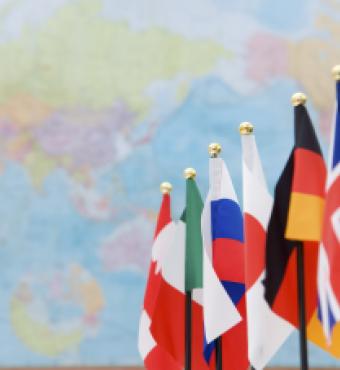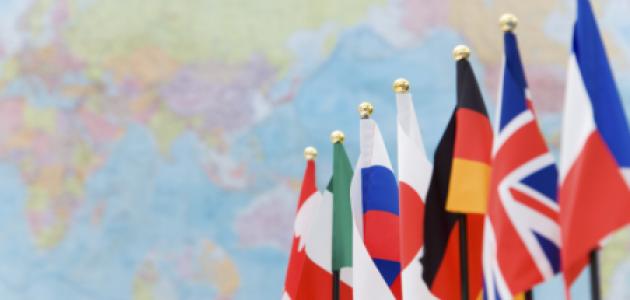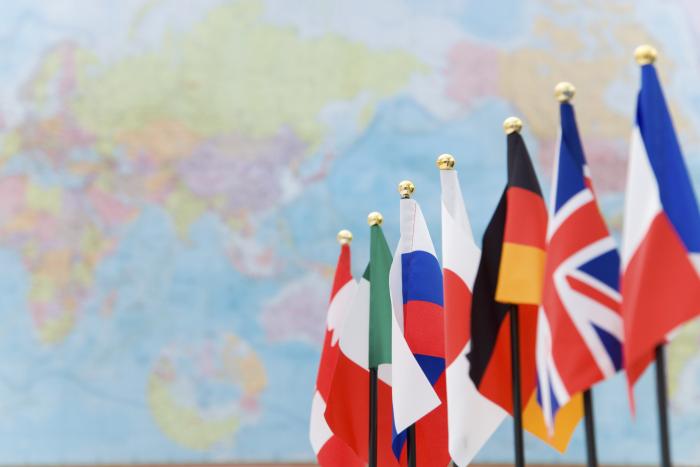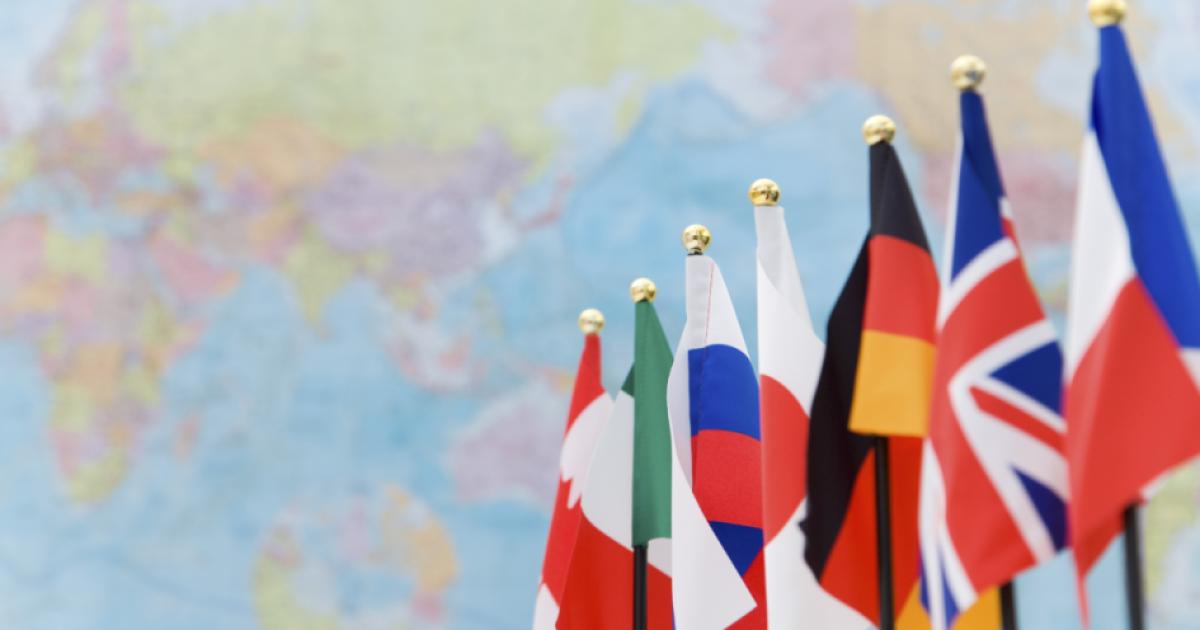- Economics
Confusion reigns over the future of our global economy. This is not surprising, given the earthquake general election in the world’s largest economy and President Trump’s remarkable victory. President Trump has a strikingly new and controversial agenda, increasingly comprehensive in its scope. Regulatory policy relief, far-reaching tax reform, expansive fiscal policy and a more conservative Supreme Court signal major new directions for the domestic economy and American society. U.S. foreign, trade and international economic policies are changing as well, with as yet little idea of what new geopolitical realities will face the United States and the world in coming years. Globalization of the world economy has evolved dramatically over the past 45 years, lifting millions out of poverty, globalizing production and technology, and raising national political aspirations. Even so, globalization as we have known it is beginning to reverse, a phenomenon fraught with uncertainty and major risks to the stability of the world economy, financial markets and traditional diplomatic and strategic relations.
Yet despite the fear scenarios circulating among dozens of political interest groups at home and abroad, it is clear that President Trump’s actions to honor his campaign commitments are genuine and popular across America.
Around the world, reaction to President Trump’s new and more forceful geopolitical face for America is starkly different than at home, even though he is following through on promises he made public in his election campaign. He will clearly meet resistance from many quarters going forward. Will his “shock and awe” approach be followed by fall-back and negotiation? It is too early to tell and who can know whether actions might be taken by other sovereign states that cannot be softened or reversed in negotiations.
President Trump needs to recognize the serious downside risks of his early actions. It is not enough to point to a growing economy and a rising U.S. stock market as the most important signs of world economic stability. If he is to redefine America’s place in the world and create a markedly different global economy, he needs to show a bottom line of policy priorities that the world can count on during his transition. The most important elements in that bottom line are to avoid a large-scale armed conflict and/or an economic and financial crisis that plunges the world into a massive global depression, which in turn would likely lead to widespread armed conflict.
A wide variety of fear scenarios are already in circulation from dozens of special interests. There is obviously concern and serious focus on national security and defense in the new administration. But there is little evidence so far of policy planning on world economic and financial risks. These risks could surface at any time, given President Trump's efforts to seek new and, for some, unwelcome change. Global markets that continue to function seamlessly in countries around the world could be subject to any one of dozens of potential shocks with costly economic fallout. For example, a surge in U.S. growth which brings with it a stronger dollar and rising dollar rates could slow growth in the U.S. and spark major debt problems in emerging markets with large dollar liabilities. A border tax of the kind under discussion in Congress could also feed an unwelcome strengthening of the dollar.
The other reality is that the world’s monetary system, in place these past 70 years, requires governments and central banks to cooperate if global order and stability are to be preserved in times of crisis. This, by definition, requires constructive cross-border communications and cooperation in open and transparent markets. Dialogue and action cannot be a one-way activity in today’s global markets.
President Trump needs a plan that can bring key players together to begin reforming the world’s monetary system, which has fallen into something of a bureaucratic morass. Today, it is dominated by central banks and large, awkwardly formed groups and committees focused on process and regulation. If President Trump were to take the lead in revitalizing a small group of leading economic and monetary powers, this would enable the United States as the world’s leading reserve currency country to lay the basis for future policy actions that ensure U.S. leadership in world economic and financial affairs. Such a group would provide a forum for the very necessary exchange of views on macro-economic policies that influence country growth and global imbalances, monetary policy and exchange rates—all policy areas which, from time to time, can reflect deep conflicts that must ultimately be resolved.
A new leadership group should include those countries that are essential to the functioning and stability of the world financial system. We need to move away from the old G-7 and the bureaucratic G-20 back to a restructured G-5 format led by finance ministers and central bank governors. As the U.S. moves to significantly higher growth, this course would give President Trump a positive game plan, as well as valuable opportunities and leverage as he works his way through the changes he is pursuing in the world economy. It would also provide a measure of confidence and security for world financial markets without being dominated by a highly technocratic agenda and layers of bureaucrats out to produce a United Nations of economic governance and financial regulation.
This effort should be planned, and begin to be introduced, now, before stress and tensions build up to a crisis point. Some central bankers still need to come to terms with their single-dimension dependence on monetary policy to restore growth. Their efforts, and more importantly, their results since 2010 for both jobs and growth, have been a major disappointment. Today’s policy landscape is already looking significantly different.
Opportunity lies in the fact that neither the G-7, which rose to prominence in the 1980s and 1990s, nor the G-20, created in 1999 with all its manifest imperfections, can do the job in today’s changing world. The group would only need five members representing what might be termed the essential leadership group in today’s world economy.
This, of course, will not be easy. Ruffled feathers will be unavoidable. As to composition, there would need to be two seats at the table for each government, one for the finance minister, who should be leader of the delegation, and one for the governor of the central bank. The governments represented should be the United States, China, the European Union, Japan and the United Kingdom.
China, the world’s second largest economy and now one of the SDR countries, must certainly be a member. China should respond positively to being included for the first time in such a group, despite the fact that inclusion would undoubtedly place them under the implied discipline of greater scrutiny from other members. Germany and France, who no longer have their traditional national currencies, should be required to accept the EU and the European Central Bank as their representatives since these institutions comprise all the countries of the Euro currency zone. Double representation for Europe in the form of the EU and selected individual European countries cannot be justified in today’s global monetary system. The U.K. should have its own two seats, given the reality of Brexit, the importance of the London market, and the long-standing role of sterling and the Bank of England. Japan retains its place as the third largest national economy with a major international currency.
This format would establish a group of the five most important economic units in the world, which would clearly represent and dominate the world’s monetary system. Other important countries inevitably would seek to be included—for example, Russia, Canada, Italy, Brazil and India, to name a few. But none of these countries would be essential at this time to the functioning of the world’s monetary system. Heads of government should make the selection of leaders and set the agenda of the group, but should not take a seat at the table. Those officials who would be expected to work together will need time and experience to establish potentially successful working relationships. Trade ministers would not be included in the membership, as their brief is exclusively trade, not the broad economic and financial dialogue that aims to preserve world financial and economic stability.
As we learned in the 1980s, there needs to be a modicum of consensus and cooperation directed at the world’s most threatening economic and financial problems, particularly in times of crisis. If relationships are maintained within a small group under the control of heads of state and government, and managed by finance ministers and central bank governors, there would exist a forum separate from the emotional issues of trade and military tensions, and instead focused on preserving reasonable stability in the world economy and financial markets. The Trump administration could hardly lose by starting now to make the effort for reform.







